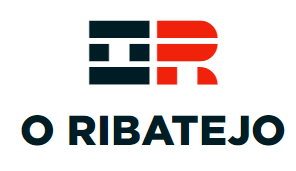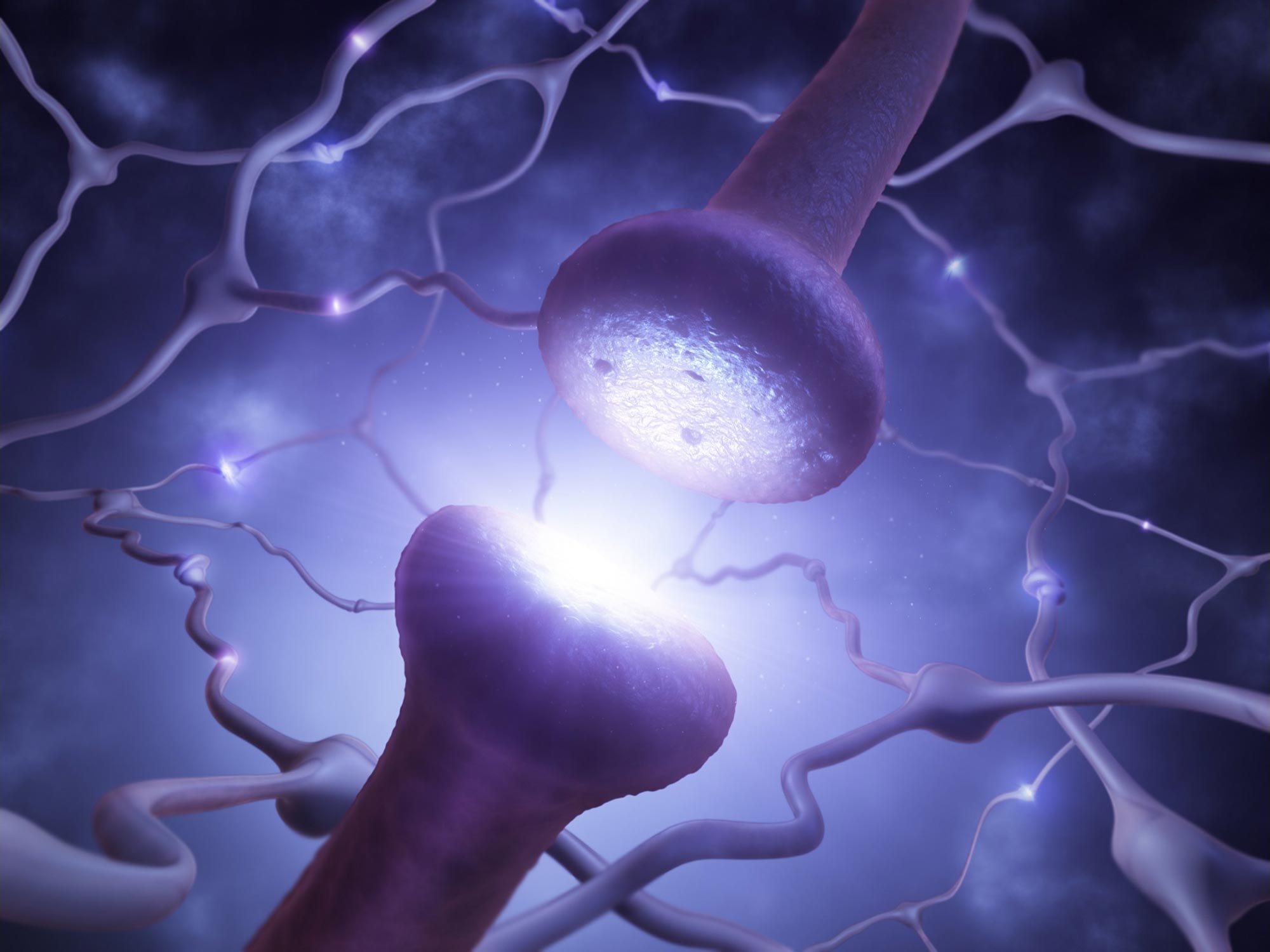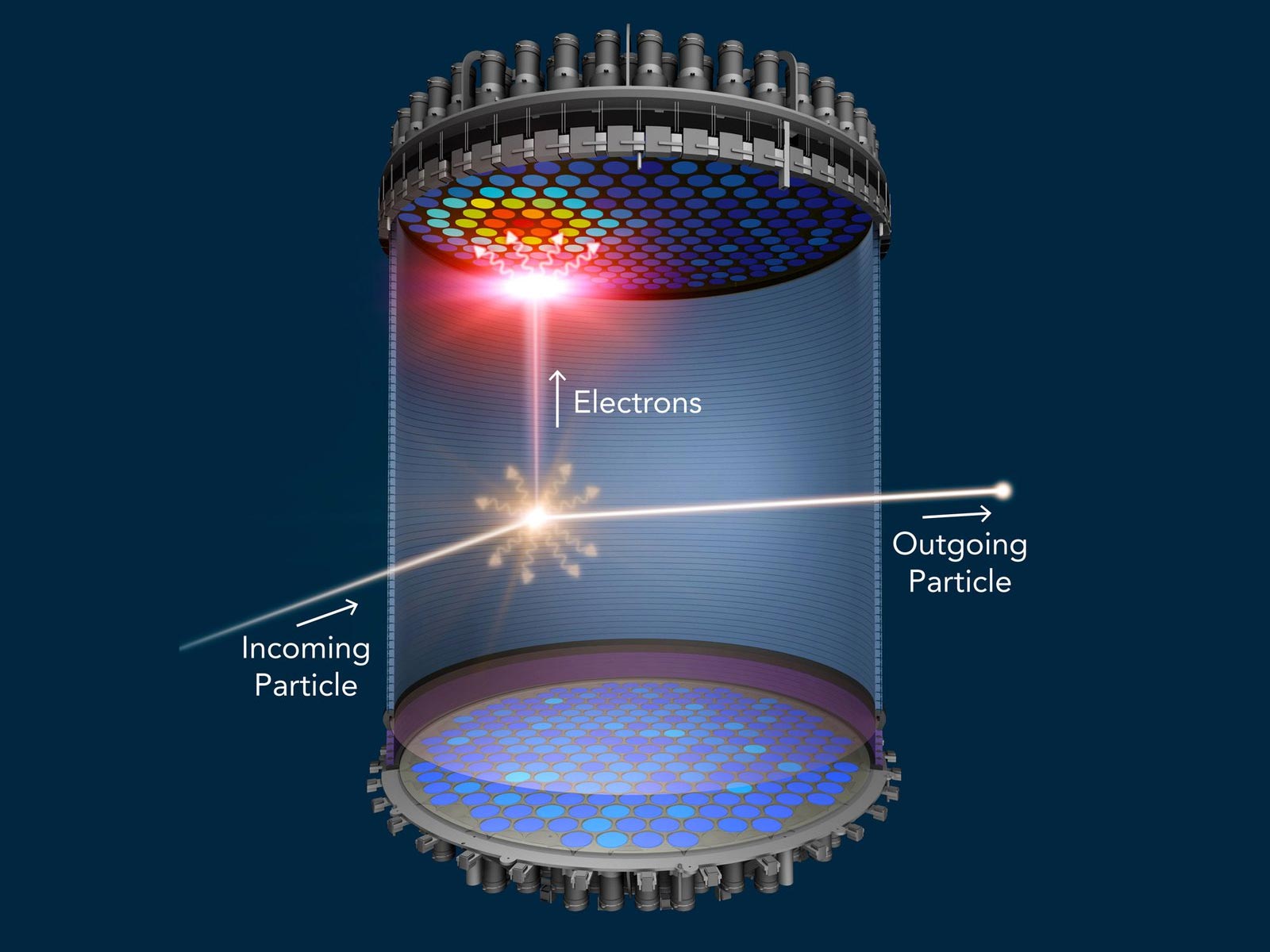Membros da equipe LZ no tanque de água LZ após a instalação do detector externo. Crédito: Matthew Capost, Sanford Underground Research Facility
Pesquisadores do Berkeley Lab registram o start-up bem-sucedido do detector de matéria escura LUX-ZEPLIN no Sanford Underground Research Facility
Detector de matéria escura inovador e excepcionalmente sensível Luxe Zeppelin (LZ) Experimento – passou na fase de logout dos processos de inicialização e forneceu os primeiros resultados. LZ está localizado nas profundezas das Black Hills da Dakota do Sul em Instalação de Pesquisa Subterrânea de Sanford (SURF) e é liderado pelo Laboratório Nacional Lawrence Berkeley do Departamento de Energia (Laboratório Berkeley).
“Estamos prontos e tudo parece bem”, disse o físico-chefe do Berkeley Lab e ex-porta-voz da LZ, Kevin Lesko. “É um detector complexo com muitas peças e todas funcionam bem dentro das expectativas”, disse ele.
Em um artigo publicado em 7 de julho sobre o experimento local na rede InternetOs cientistas do LZ relatam que, com a operação inicial, o LZ já se tornou o detector de matéria escura mais sensível do mundo. O artigo aparecerá no arquivo de pré-impressão online arXiv.org em uma data posterior. O porta-voz da LZ, Hugh Lippincott, da Universidade da Califórnia, Santa Barbara, disse: “Planejamos coletar cerca de 20 vezes mais dados nos próximos anos, então estamos apenas começando. Há muita ciência a ser feita, o que é muito empolgante. !”

Pesquise o LZ Outer Detector, usado para vetar radioatividade que pode simular um sinal de matéria escura. Crédito: Matthew Capost/Sanford Underground Research Facility
Enquanto matéria escura As partículas não são realmente detectadas, podem não ser verdadeiras por muito mais tempo. A contagem regressiva pode já ter começado com os resultados dos primeiros 60 dias de testes ao vivo da LZ. Esses dados foram coletados ao longo de três meses e meio de operações iniciais com início no final de dezembro. Isso foi o suficiente para garantir que todos os lados do detector estivessem funcionando corretamente.
Embora seja invisível, porque não emite, absorve ou espalha luz, a existência de matéria escura e a atração gravitacional são fundamentais para nossa compreensão do universo. Por exemplo, a presença de matéria escura, estimada em cerca de 85% da massa total do universo, molda a forma e o movimento das galáxias, e os pesquisadores a citam para explicar o que se sabe sobre a estrutura em grande escala. e expandindo o universo.
Dois tanques de titânio aninhados cheios de dez toneladas de xenônio líquido ultrapuro podem ser vistos por duas matrizes de tubos fotomultiplicadores (PMTs) capazes de detectar fontes de luz fraca do núcleo do detector de matéria escura LZ. Os tanques de titânio estão localizados em um sistema detector maior para capturar partículas que podem imitar um sinal de matéria escura.
“Estou muito feliz em ver este detector complexo pronto para resolver a questão de longa data de que matéria escura é feita”, disse Natalie Palanque Delabruille, diretora do Departamento de Física do Berkeley Lab. “A equipe LZ agora tem a ferramenta mais ambiciosa para fazer isso!”
As fases de projeto, fabricação e instalação do detector LUX-ZEPLIN foram lideradas pelo gerente de projeto do Berkeley Lab, Gil Gilchriese, em conjunto com uma equipe internacional de 250 cientistas e engenheiros de mais de 35 instituições nos EUA, Reino Unido, Portugal e Coréia do Sul. O diretor de operações da LZ, Simon Fiorucci, do Berkeley Lab. Juntos, eles esperam usar o instrumento para registrar a primeira evidência direta de matéria escura, ou a chamada massa perdida no universo.
Henrique Araújo, de[{” attribute=””>Imperial College London, leads the UK groups and previously the last phase of the UK-based ZEPLIN-III program. He worked very closely with the Berkeley team and other colleagues to integrate the international contributions. “We started out with two groups with different outlooks and ended up with a highly tuned orchestra working seamlessly together to deliver a great experiment,” Araújo said.
An underground detector
Tucked away about a mile underground at SURF in Lead, South Dakota, LUX-ZEPLIN is designed to capture dark matter in the form of weakly interacting massive particles (WIMPs). The experiment is underground to protect it from cosmic radiation at the surface that could drown out dark matter signals.
Particle collisions in the xenon produce visible scintillation or flashes of light, which are recorded by the PMTs, explained Aaron Manalaysay from Berkeley Lab who, as physics coordinator, led the collaboration’s efforts to produce these first physics results. “The collaboration worked well together to calibrate and to understand the detector response,” Manalaysay said. “Considering we just turned it on a few months ago and during COVID restrictions, it is impressive we have such significant results already.”

When a WIMP – a hypothetical dark matter particle – collides with a xenon atom, the xenon atom emits a flash of light (gold) and electrons. The flash of light is detected at the top and bottom of the liquid xenon chamber. An electric field pushes the electrons to the top of the chamber, where they generate a second flash of light (red). LZ will be searching for a particular sequence of flashes that cannot be due to anything other than WIMPs. Credit: LZ/SLAC
The collisions will also knock electrons off xenon atoms, sending them to drift to the top of the chamber under an applied electric field where they produce another flash permitting spatial event reconstruction. The characteristics of the scintillation help determine the types of particles interacting in the xenon.
The South Dakota Science and Technology Authority, which manages SURF through a cooperative agreement with the U.S. Department of Energy, secured 80 percent of the xenon in LZ. Funding came from the South Dakota Governor’s office, the South Dakota Community Foundation, the South Dakota State University Foundation, and the University of South Dakota Foundation.
Mike Headley, executive director of SURF Lab, said, “The entire SURF team congratulates the LZ Collaboration in reaching this major milestone. The LZ team has been a wonderful partner and we’re proud to host them at SURF.”

Chemists at Brookhaven Lab used this custom-made vacuum distillation system to purify linear alkyl benzene needed to produce liquid scintillator for the LZ dark matter experiment. Credit: Brookhaven Lab
Fiorucci said the onsite team deserves special praise at this startup milestone, given that the detector was transported underground late in 2019, just before the onset of the COVID-19 pandemic. He said with travel severely restricted, only a few LZ scientists could make the trip to help on site. The team in South Dakota took excellent care of LZ.
“I’d like to second the praise for the team at SURF and would also like to express gratitude to the large number of people who provided remote support throughout the construction, commissioning and operations of LZ, many of whom worked full time from their home institutions making sure the experiment would be a success and continue to do so now,” said Tomasz Biesiadzinski of SLAC, the LZ detector operations manager.
“Lots of subsystems started to come together as we started taking data for detector commissioning, calibrations and science running. Turning on a new experiment is challenging, but we have a great LZ team that worked closely together to get us through the early stages of understanding our detector,” said David Woodward from Pennsylvania State University who coordinates the detector run planning.

The LZ central detector in the clean room at Sanford Underground Research Facility after assembly, before beginning its journey underground. Credit: Matthew Kapust, Sanford Underground Research Facility
Maria Elena Monzani of SLAC, the Deputy Operations Manager for Computing and Software, said “We had amazing scientists and software developers throughout the collaboration, who tirelessly supported data movement, data processing, and simulations, allowing for a flawless commissioning of the detector. The support of NERSC [National Energy Research Scientific Computing Center] Foi inestimável.”
Com a confirmação de que o LZ e seus sistemas estão funcionando com sucesso, disse Lesko, é hora de começar as observações em larga escala na esperança de que uma partícula de matéria escura colida com o xenônio.[{” attribute=””>atom in the LZ detector very soon.
LZ is supported by the U.S. Department of Energy, Office of Science, Office of High Energy Physics and the National Energy Research Scientific Computing Center, a DOE Office of Science user facility. LZ is also supported by the Science & Technology Facilities Council of the United Kingdom; the Portuguese Foundation for Science and Technology; and the Institute for Basic Science, Korea. Over 35 institutions of higher education and advanced research provided support to LZ. The LZ collaboration acknowledges the assistance of the Sanford Underground Research Facility.

“Criador. Viciado em mídia social que gosta de hipster. Fã da web. Fanático por álcool apaixonado.”








More Stories
Cientistas descobriram uma chave para desvendar o mistério das doenças cerebrais degenerativas, como a doença de Alzheimer
Pequenas bolas de borracha usadas para fazer um líquido programável
Lute para evitar a gripe aviária com lasers e dançarinos infláveis